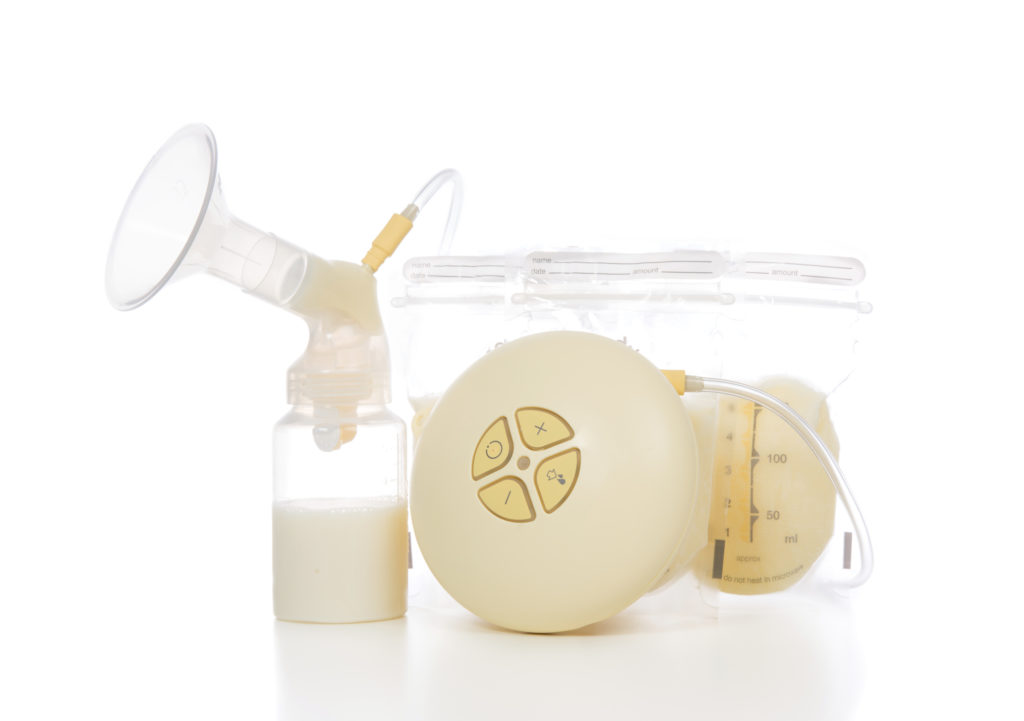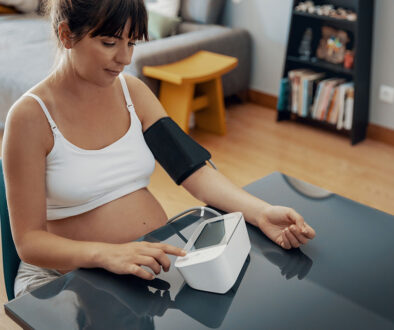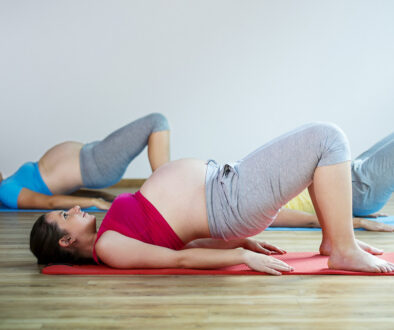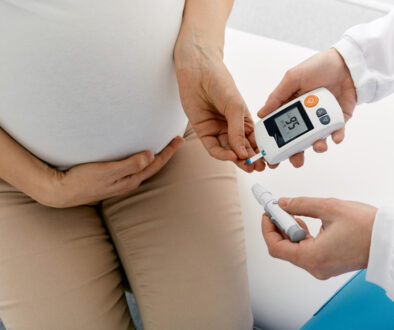Pumping Basics by Cathy True, RN, IBCLC

If you find it necessary to pump breast milk there are a few pointers to remember before getting started. These tips will assist you in pumping for maximum efficiency and comfort.
For maximum efficiency, a double electric pump is ideal. The use of a double pump – meaning one that pumps both breasts at the same time – can cut your pumping time in half. With a single pump, you need to pump one breast and then repeat the process on the other side. When pumping, it is recommended to pump both breasts during each pumping session.
Pump fit is important, so as to not cause trauma or nipple pain. The pump part that fits over the nipple is called a flange. This flange has a nipple tunnel, which is the part the nipple is drawn into while pumping. The diameter of the nipple tunnel varies according to manufacturer. The standard size is a 24 or 25 mm. Other sizes are available if the standard size is not a good fit for you. To gauge the fit of the flange, you should observe it while pumping. When the fit is a good one, the nipple should be drawn into the flange, and there should be space between the flange and the nipple. That space ensures that there is no friction on the nipple. The sensation of pumping should be somewhat similar to the feel of the baby nursing at breast. It should be comfortable and feel like a gentle tug. In time, with regular pumping, it could be necessary to increase the size of the pump flange. The nipple size can sometimes increase in size over time, necessitating a larger pump flange. Also as breasts begin to fill up with milk as milk production reaches maturity, you may find a larger size more comfortable. Just remember that a flange that is too small or too large can compromise the volume of milk that you are able to express.
The pump vacuum, or suction, is something that can be controlled on most double electric pumps. The pump suction should be set on the highest level that is comfortable for you. If the suction is too high it can be uncomfortable, potentially decreasing the amount of milk you are able to produce. Additionally, pumping that is uncomfortable could lead to nipple trauma.
What is the ideal length of a pumping session? A session of 15-20 minutes is the average time for pumping initiation. Keep in mind that if it is a single pump you will need to pump that long on one side and then repeat on the other. Going for longer than 30 minutes should not be necessary.
Most pump manufacturers include instruction manuals that are comprehensive and usually very good. These manuals often include diagrams and pictures that can be helpful. Be sure to save the manual instructions for guidance.




